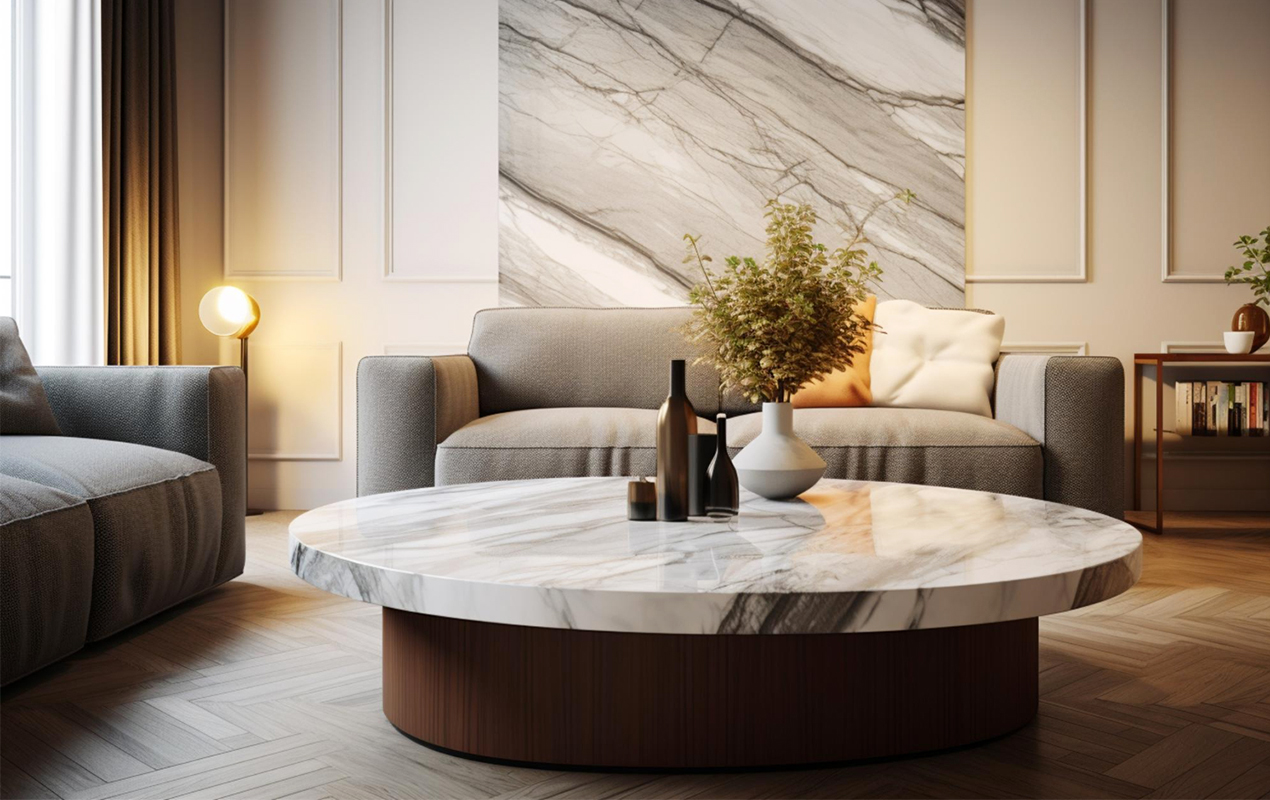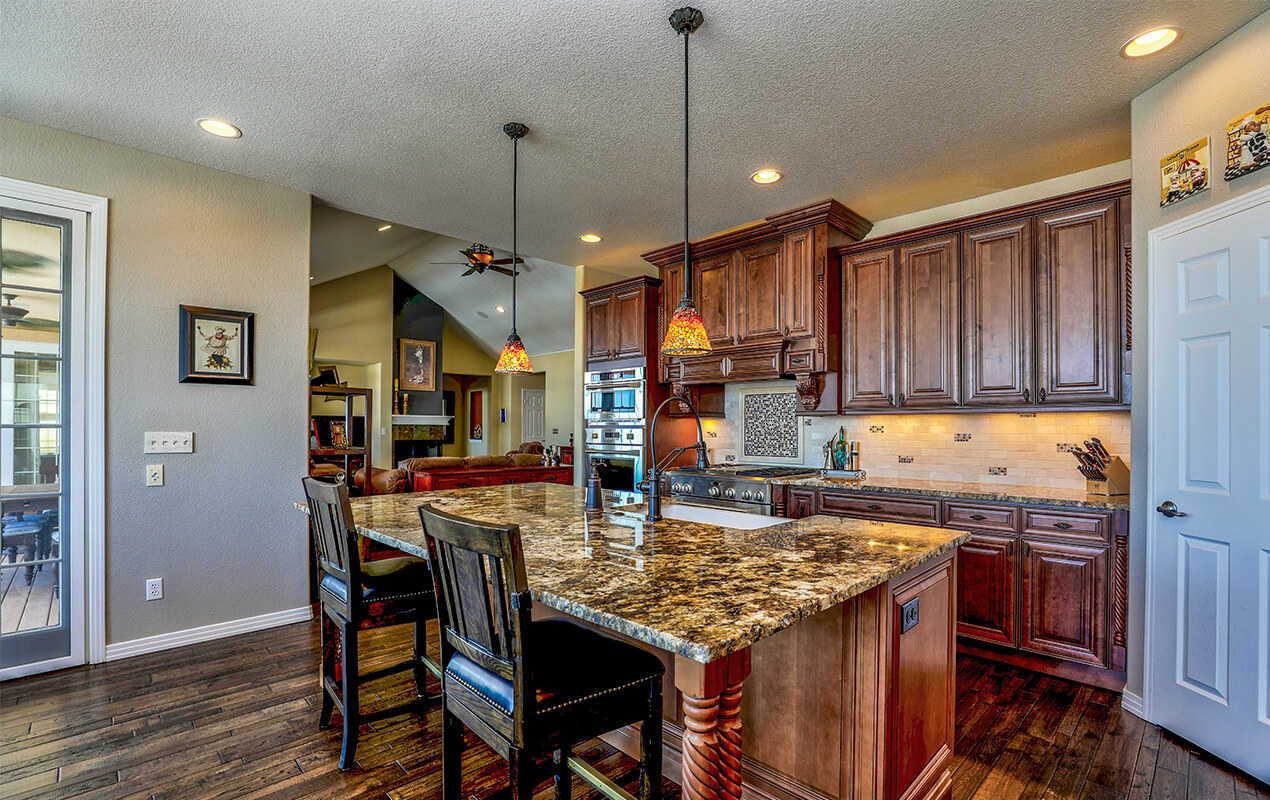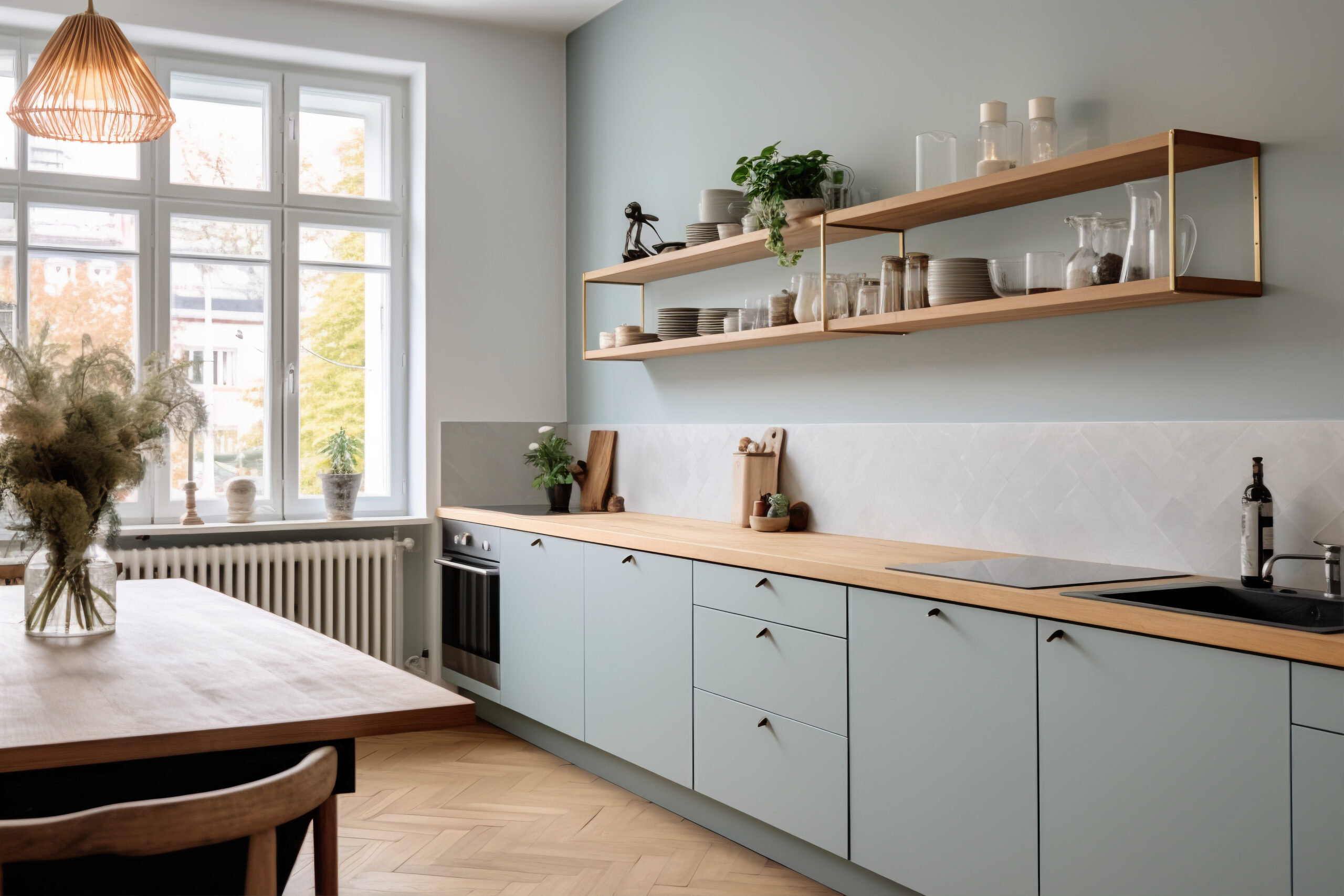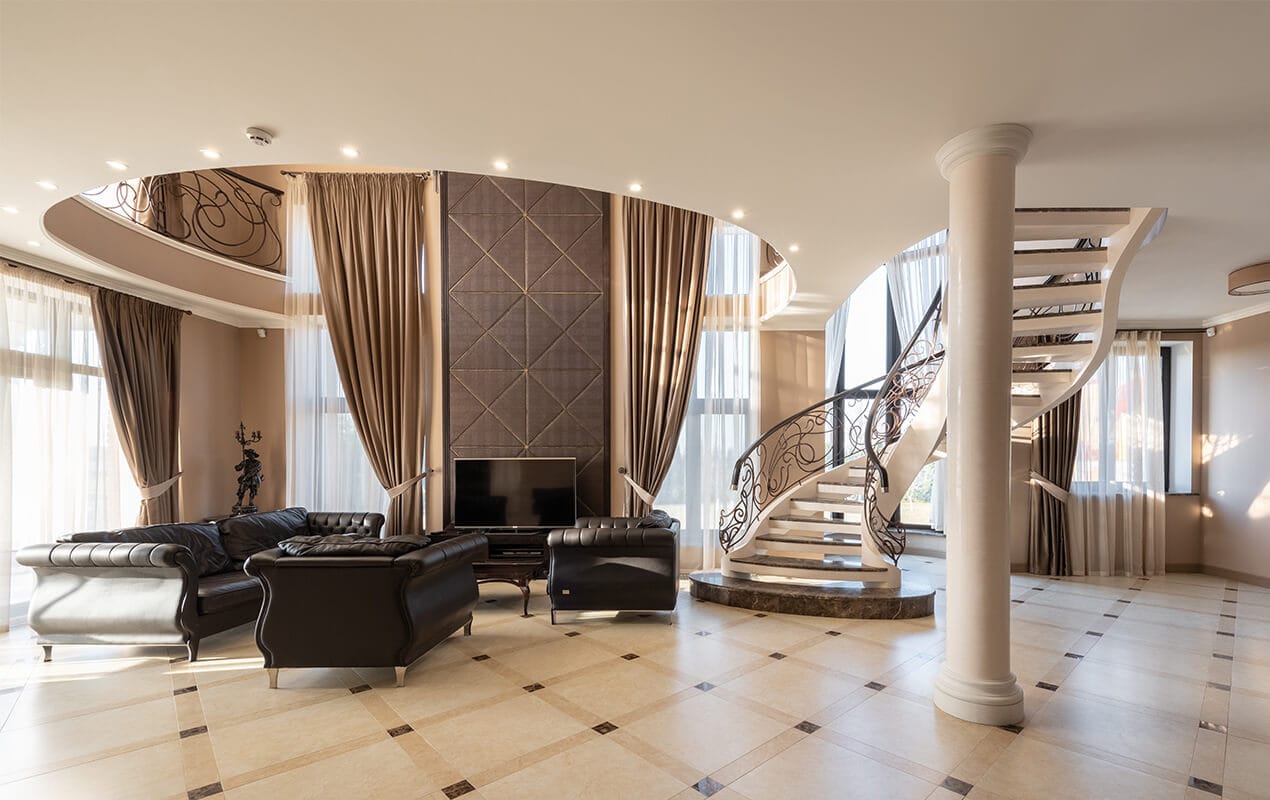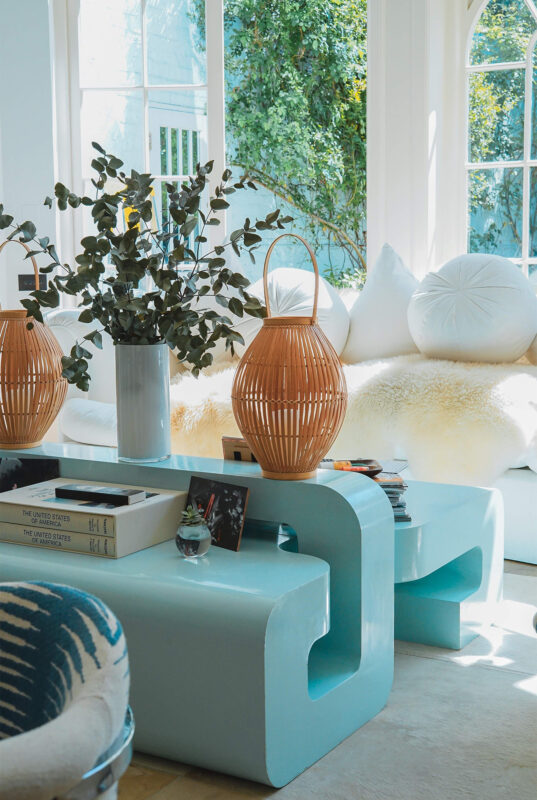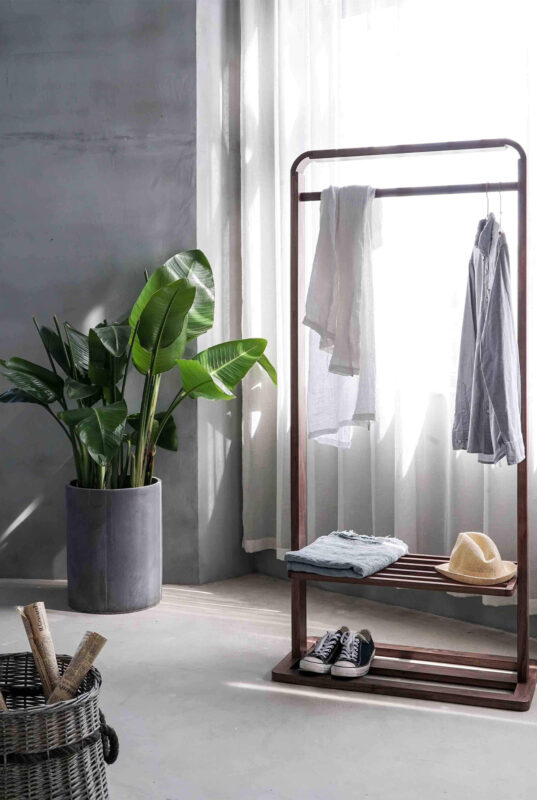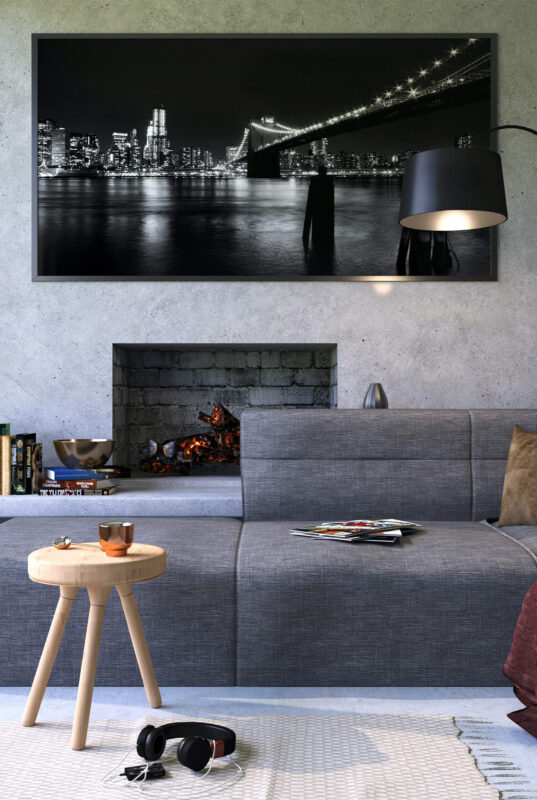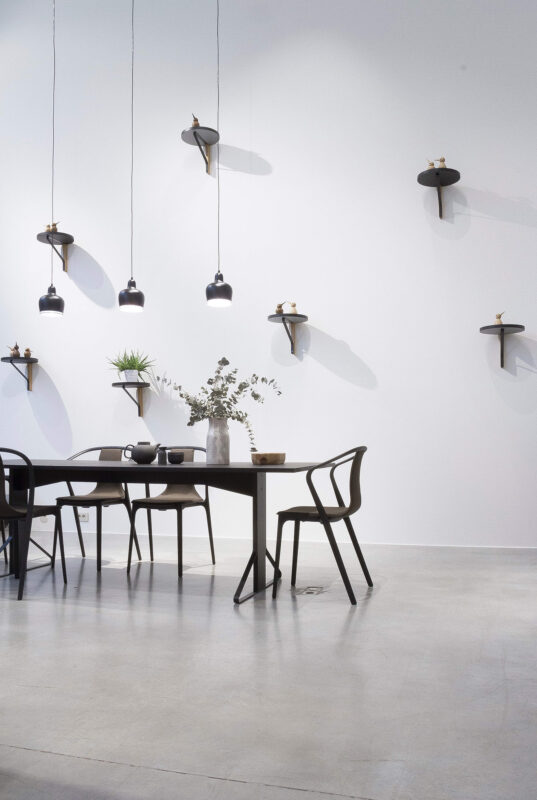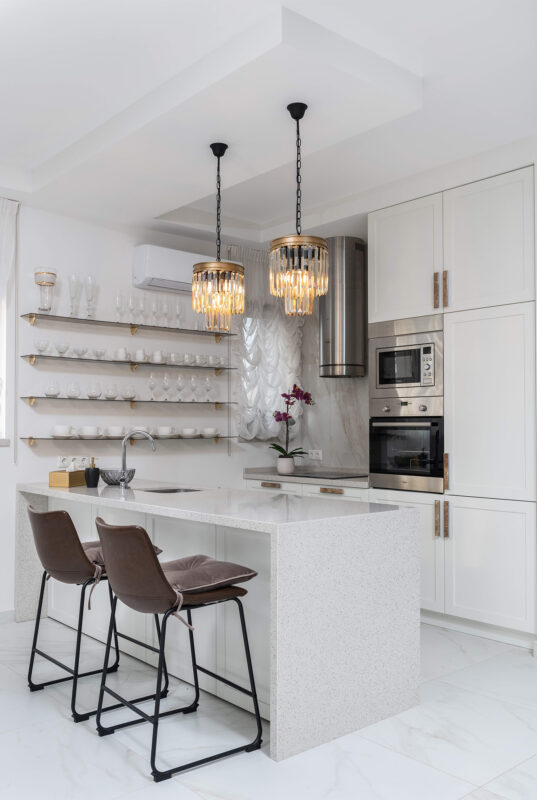Interior Remodeling: A Guide to a Successful Home Transformation
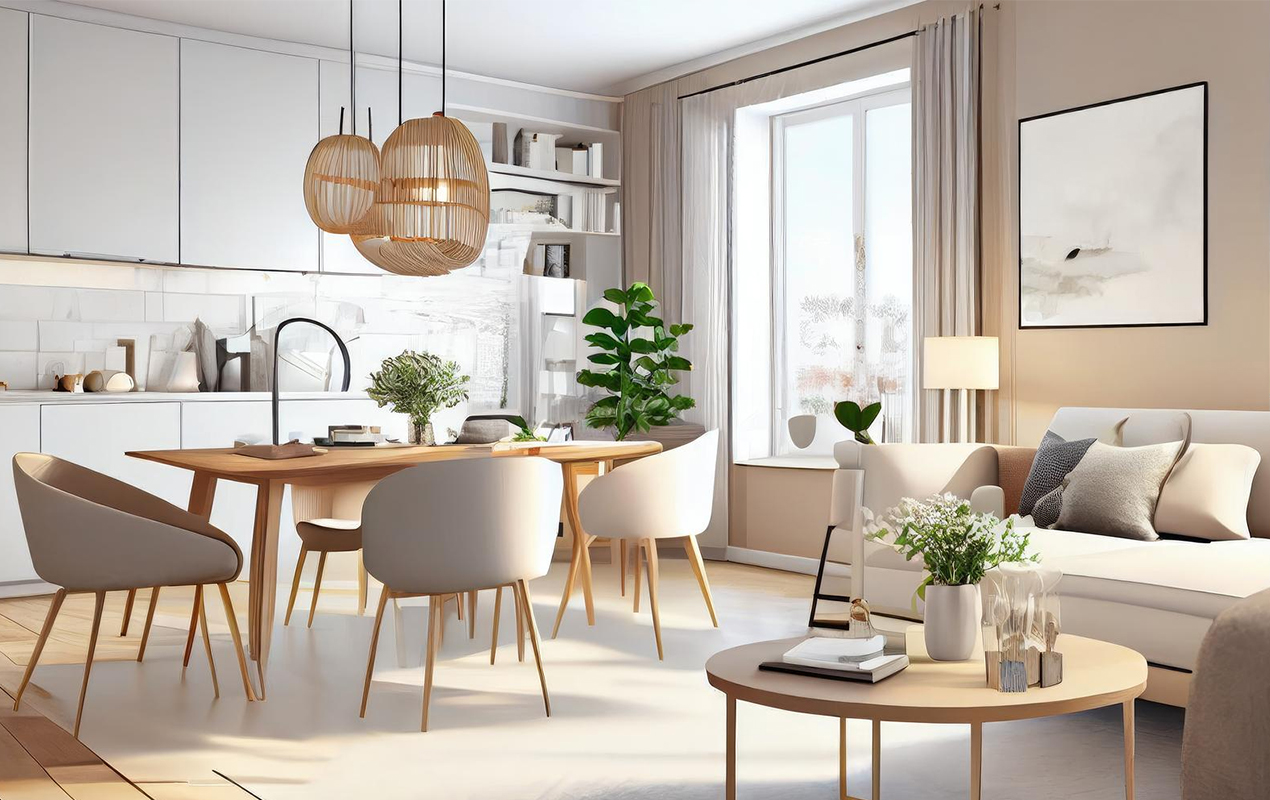
The journey to transforming your home through interior remodeling is filled with a variety of stages, each holding its unique significance. This process is more than just a simple revamp; it is about designing the space in your home to be more functional, aesthetically appealing, and in harmony with your individual lifestyle. To ensure a successful interior remodeling journey, the following are crucial steps and considerations you need to keep in mind.
Understanding Your Interior Remodel Goals
Before embarking on the remodeling journey, it’s essential to identify your specific needs and desires. Consider the following points:
- Room Identification: Which areas of your home do you wish to remodel? These could include the kitchen, bathroom, living room, or bedrooms. Every room serves a different purpose and thus requires its unique remodeling approach.
- Functionality: Understand the primary function of each room. For instance, the kitchen must be practical for cooking and storage, while a living room should offer comfort and entertainment.
- Aesthetics: Identify your aesthetic preferences. Do you prefer a modern, minimalist look, or is a traditional, cozy vibe more to your liking?
Mapping Out Your Budget
A well-planned budget is a cornerstone of a successful remodeling project. Consider these points while planning your budget:
- Cost Estimate: Have a clear understanding of your financial boundaries. Determine what you can afford to spend and stick to it.
- Get Quotes: Services like Ohm Restoration remodeling services can provide detailed quotes, helping you understand the potential cost of your project.
- Materials and Quality: The quality and type of materials significantly impact the cost. Decide if you are willing to splurge on high-quality, expensive materials or if more budget-friendly options suit your needs.
- Unforeseen Expenses: Always account for unexpected costs. A general rule is adding 10-20% to your estimated budget for unforeseen expenses.
- Investment and Savings: Identify where you can save and where it’s necessary to invest. For example, you might invest in high-quality kitchen appliances but save on decorative elements.
Remember, interior remodeling is a significant investment that can enhance the value of your property and enrich your living experience. By understanding your needs and planning your budget effectively, you can ensure your home transformation journey is successful.
Lighting and Color Schemes
Natural and artificial lighting is a key component often overlooked in interior remodeling projects. Adequate lighting can create a harmonious ambiance, highlight architectural features, and enhance the functionality of a space. Consideration should be given to how natural lighting can be maximized through strategically placing windows and skylights. On the other hand, artificial lighting should provide essential illumination and align with the overall design style. Combining ambient, task, and accent lighting, layered lighting strategies can provide flexibility and add visual interest to your living spaces.
Color schemes are equally vital in shaping the visual appeal of your home. Each color and combination has the power to evoke different moods and perceptions. Cooler hues, such as blues and greens, can instill a calming and soothing atmosphere, while warmer tones, like yellows and reds, can inject energy and vibrancy. Neutrals often serve as a perfect backdrop, allowing other design elements to take center stage. Be aware of trending color combinations of the year for inspiration, but remember that your personal preference should always play a significant role in your final selection.
The Role of Professionals and DIY
The scale and complexity of your remodeling project will determine the extent to which professionals are needed. General contractors, interior designers, and architects can provide invaluable expertise, ensuring your vision is brought to life in compliance with permits and regulations. They can offer innovative solutions to design challenges, help you navigate the potential pitfalls, and ensure that your remodel adds tangible value to your home. Embracing the DIY approach for certain remodeling aspects can be equally rewarding. This saves costs and adds a personal touch to your home transformation, creating a stronger connection between you and your space.
Keeping Up with Trends and Sustainability
In interior design, trends evolve rapidly. You can ensure your home remains stylish and contemporary by staying aware of current and upcoming trends. However, it’s important not to follow trends blindly. Strive for a timeless design that, while incorporating fashionable elements, still retains its appeal over the years. Sustainability has become more than just a trend; it’s a necessity. Eco-friendly practices in interior remodeling have been gaining significant popularity. This might mean using recycled or sustainable materials, opting for energy-efficient appliances, or designing to take advantage of natural light and ventilation. Such practices not only reduce your home’s carbon footprint but can also lead to long-term cost savings.
Maximizing Space and Functionality
Space
One of the critical f actors to consider in your interior remodeling journey is optimizing space and functionality. A well-planned interior renovation goes beyond aesthetics and addresses your living space’s practical needs. Start by evaluating the current usage of your space. Are there areas in your home that feel cramped or underutilized? Clever space planning can transform even the smallest rooms into practical, comfortable spaces. To maximize your space, consider incorporating open floor plans, multifunctional furniture, or built-in storage solutions.
Functionality
Room functionality is key, so as an example, if you’re remodeling a kitchen, the placement of appliances, counters, and storage should facilitate easy cooking and movement. For a living room, think about traffic flow, seating arrangements, and accessibility to entertainment setups. A home should evolve with your changing needs. Therefore, consider the future of your remodeling plans. For instance, an office space might need to be designed to allow for potential conversion into a child’s room.
Accessibility should also be an integral part of your interior remodeling project. Design features that accommodate people of all ages and abilities can increase the longevity and usability of your home. This can include everything from walk-in showers and broader doorways to adjustable countertops and good lighting.
Final Thoughts
Interior remodeling can be an exciting yet challenging process. It requires careful planning, informed decisions, and, often, the guidance of professionals. Keep in mind that the ultimate goal is to create a space that reflects your personal taste and caters to your lifestyle needs. Seeking help from professionals who offer interior remodeling services can help you navigate through the complex remodeling process, ensuring a successful home transformation. Remember, your home is a personal statement and a sanctuary. With the right approach, your interior remodeling project can transform it into the haven you’ve always dreamt of.
Incorporating effective pest control measures is vital to elevating your home’s cool factor. You can maintain a pest-free and inviting living space by addressing potential entry points, scheduling regular inspections, opting for eco-friendly solutions, and considering landscaping choices. Investing in pest control ensures the protection of your property and contributes to a healthier and more enjoyable environment for you and your loved ones.

